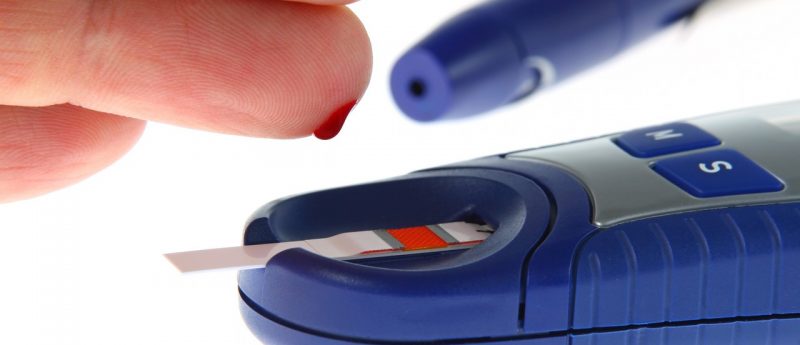Electrochemical copper sensor has potential to measure glucose in bodily fluids

Researchers from the University of Wollongong’s Institute for Superconducting and Electronic Materials (New South Wales, Australia) have fabricated a mesoporous copper film utilizing polymeric micelles that has demonstrated the ability to detect glucose in salt-based fluids.
The study, recently published in Angewandte Chemie, may enable cheaper and simpler management of conditions such as diabetes by implanting the device under the skin to continually monitoring glucose levels rather than the current method of finger-pricking to measure blood glucose.
Mesoporous metals have previously been synthesized by electrochemical methods, however the materials utilized have been restricted to expensive noble metals such as palladium and platinum, which has prompted researchers to investigate other materials such as copper.
Corresponding author, Yusuke Yamauchi commented: “Precious metals such as gold and platinum have very good conductivity but they are very expensive and we wanted to focus on more abundant and cheaper metals.”
However, due to copper’s oxidative nature it is difficult to fabricate into porous structures. The team overcame this limitation by utilizing a liquid solution of copper and polystyrene that can be attached to a substrate using a method similar to electroplating combined with a UV light that evenly distributed uniformly sized mesophores in the polystyrene, resulting in a porous copper film with a sponge-like structure.
Due to the porous structure of the copper film, it significantly increases the surface area of the device, enhancing the sensitivity required to trigger an electrochemical signal and detect glucose in small amounts of liquid. Additionally the film demonstrates a strong sensing performance due to its intrinsically good reaction toward glucose oxidation.
The results of this study suggest that with further research the copper film could be integrated into a wearable sensor or smart watch that has the capacity to provide continual glucose readings for the user, which could also send data to their clinician.
Furthermore, the low-cost of the materials propose that the device will be particularly useful for individuals in remote locations where access to clinics and health specialists is limited.
Yamauchi elaborated: “This makes this copper film a good candidate for the direct detection of glucose to satisfy the requirements of diverse applications, such as diabetes management.”
“The present success paves a new way for preparation of porous materials from abundant metals for diverse applications and at low cost.”
Sources: Li C, Jiang B, Wang Z et al. First Synthesis of Continuous Mesoporous Copper Films with Uniformly Sized Pores by Electrochemical Soft Templating. Angewandte Chemie. doi: 10.1002/anie.201606031 (2016) (Epub ahead of print);
http://media.uow.edu.au/releases/UOW221994.html






